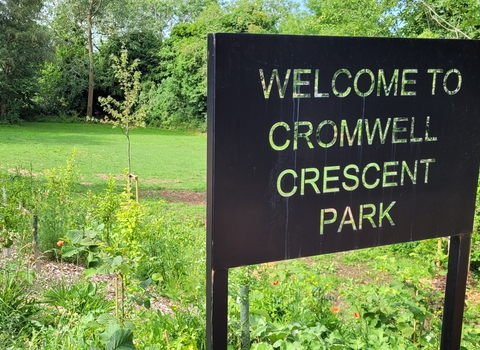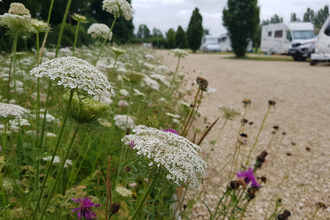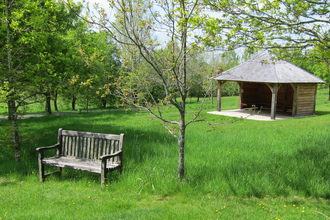Cromwell Crescent Park lies near the southeast edge of Worcester City and provides a mini oasis within the surrounding residential areas. Worcester City Council wanted to enhance the habitats on site to benefit wildlife as well as making the site welcoming for local people.
As slow-worms are known to be present on site, several hibernacula have been created to provide safe areas to shelter and hibernate. Newly created wildflower strips will increase the amount of grassy habitat for these protected reptiles whilst providing pollen and nectar for invertebrates and cover for small mammals and other wildlife. Bulb planting across the site will also help to diversify the flora.
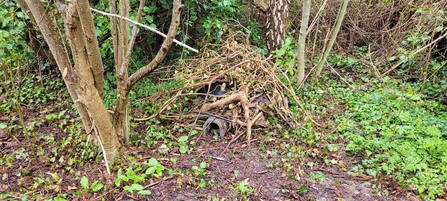
Hibernaculum by Becca Bratt
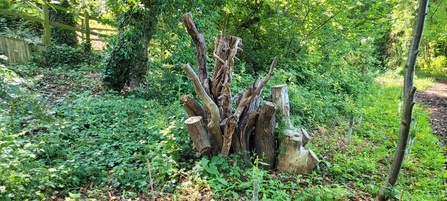
Vertical log pile by Becca Bratt
Non-native, invasive species such as cherry laurel and snowberry have been removed and replaced with native shrubs and trees. Dead wood is an incredibly valuable resource for wildlife and Cromwell Crescent Park has utilised the timber from the on-site tree works to create some fantastic vertical loggeries, horizontal habitat piles and natural seating.
An all-weather accessible path has been created in the southern part of the site, while a more naturalistic, woodchip path compliments the trail around the small woodland to the north.
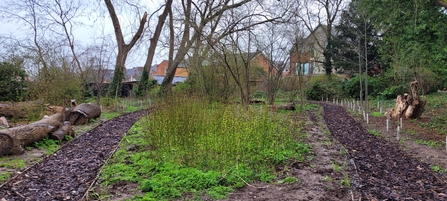
Cromwell Crescent Park by Becca Bratt
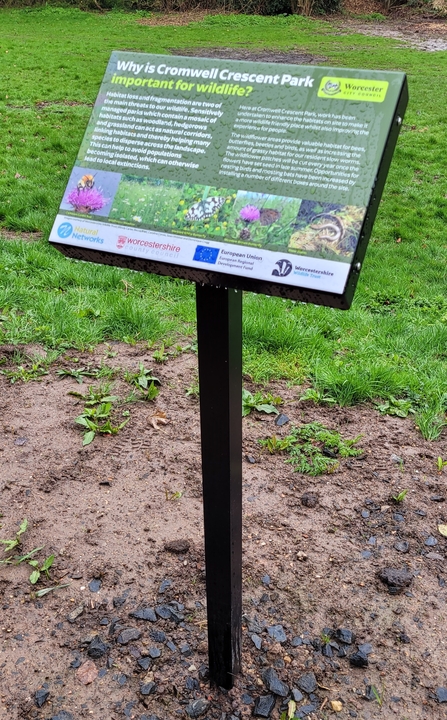
Interpretation panel by Becca Bratt
Opportunities for roosting bats, nesting birds and hedgehogs have been boosted via the installation of wildlife boxes around the site. Interpretation panels have been installed to help to inform and educate visitors and help instil appreciation and care for their new and improved local park.

